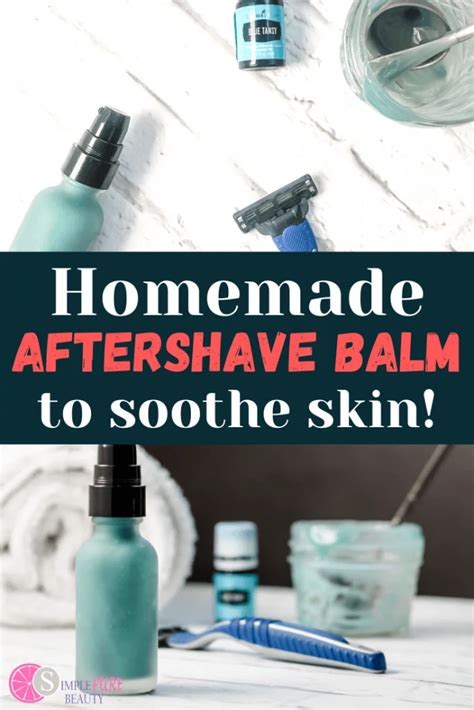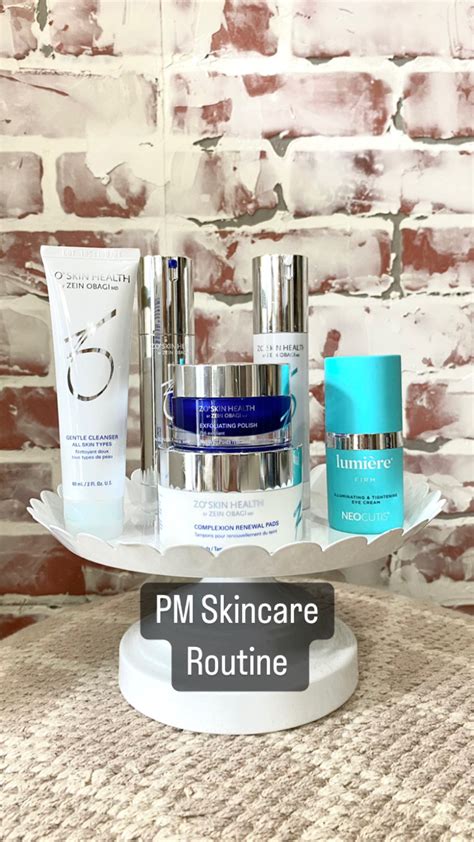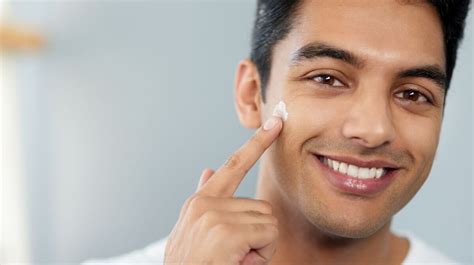How to prevent razor burn & ingrowns for a consistently sharp, smooth shave?

Mastering the Art of a Smooth, Irritation-Free Shave
Razor burn and ingrown hairs are common adversaries in the quest for a perfectly smooth shave. They can transform a simple grooming ritual into an uncomfortable ordeal, leaving behind redness, bumps, and general irritation. Fortunately, with the right techniques and products, you can significantly reduce, and often eliminate, these pesky issues, ensuring every shave leaves your skin feeling as good as it looks. Let’s dive into the essential steps for achieving a consistently sharp, smooth, and irritation-free shave.
1. The Crucial Role of Preparation
A great shave begins long before the blade touches your skin. Proper preparation softens your hair, opens your pores, and creates a protective barrier, minimizing friction and irritation.
Exfoliate Regularly
Two to three times a week, use a gentle facial scrub or an exfoliating brush. This removes dead skin cells and lifts trapped hairs, preventing them from curling back into the skin and causing ingrowns. On shave days, a light exfoliation right before shaving can be particularly beneficial.
Warm Water is Your Best Friend
Shaving after a warm shower is ideal. The steam and warm water soften your hair follicles, making them easier to cut and reducing tugging. If a shower isn’t an option, apply a warm, damp towel to your face for a few minutes to achieve a similar effect. This also helps to open up pores for a cleaner shave.

Apply a Pre-Shave Oil or Cream
A good pre-shave oil or cream creates a protective layer between your skin and the razor, allowing for a smoother glide and reducing razor drag. It also adds an extra layer of moisture, further softening the hair and skin.
2. The Shaving Process: Precision and Care
Your technique during the shave itself is paramount to avoiding nicks, razor burn, and ingrowns. Slow down, pay attention, and use the right tools.
Invest in a High-Quality, Sharp Razor
Dull blades are a primary culprit for razor burn. They tug and pull at hairs instead of cleanly cutting them, leading to irritation. Replace your razor blade every 5-7 shaves, or sooner if you feel any discomfort. Consider a single-blade safety razor or a multi-blade razor with lubricating strips.
Use a Rich Shaving Cream or Gel
Don’t skimp on your shaving cream. Opt for a thick, moisturizing cream or gel that creates a dense lather. This lifts the hair, provides lubrication, and helps the blade glide effortlessly across your skin. Apply it generously and let it sit for a minute or two to further soften the hair.

Shave With the Grain, Then Across (If Needed)
For your first pass, always shave in the direction of hair growth (with the grain). This minimizes irritation. If you need a closer shave, reapply shaving cream and make a second pass across the grain. Avoid shaving against the grain, especially if you’re prone to razor burn or ingrowns, as this can pull hair follicles in unnatural directions and cause irritation.
Maintain Light Pressure
Let the razor do the work. Pressing too hard is a common mistake that leads to nicks and irritation. A sharp blade doesn’t require excessive force. Use short, controlled strokes, rinsing your razor frequently under warm water to clear away hair and shaving cream buildup.

3. Post-Shave Care: Soothe and Protect
The steps you take immediately after shaving are just as important as your preparation and technique.
Rinse with Cold Water
After your final pass, rinse your face with cool water. This helps to close your pores and soothe your skin, reducing redness and inflammation.
Apply an Alcohol-Free Aftershave Balm
Skip alcohol-based aftershaves, as they can dry out and irritate freshly shaved skin. Instead, opt for a hydrating, alcohol-free aftershave balm or lotion with soothing ingredients like aloe vera, witch hazel, chamomile, or tea tree oil. These ingredients calm the skin, reduce redness, and provide essential moisture.

Moisturize Daily
Keep your skin hydrated every day, not just on shave days. A good moisturizer helps maintain skin elasticity, prevents dryness, and ensures your skin is always in prime condition for shaving, reducing the likelihood of irritation and ingrown hairs.
Avoid Tight Clothing
If you shave areas other than your face (e.g., neck, chest, legs), avoid wearing tight clothing immediately afterward. Friction can irritate freshly shaved skin and contribute to ingrown hairs. Opt for loose, breathable fabrics.

Conclusion
Preventing razor burn and ingrown hairs is a holistic process that combines thoughtful preparation, meticulous technique, and diligent aftercare. By integrating these steps into your grooming routine, you’ll not only enjoy a consistently smooth, sharp shave but also healthier, more comfortable skin. Embrace the ritual, treat your skin with care, and say goodbye to irritation for good.






